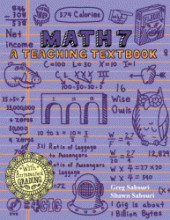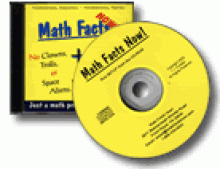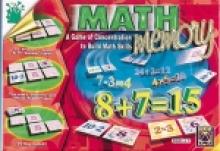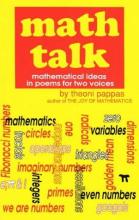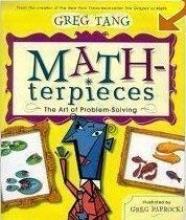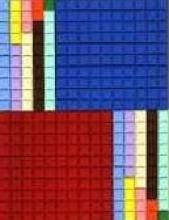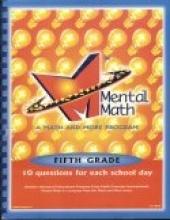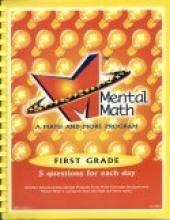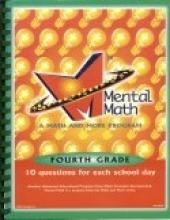Math
Math 7: A Teaching Textbook
Also includes answer key and 4 CD Set
Purchasers of the original CD edition, which contained several errors in the solutions, can exchange them for corrected CDs. Please contact Teaching Textbooks (customerservice@teachingtextbooks.com).
Math Facts Now!
Advertised as "No Clowns, Trolls or Space Aliens...Just a math program that works!", this program really is just a simple way of drilling math operations. A simple menu allows you to choose your operation, number of problems to solve and how much time to do it in. You can even write in a reward that will be offered when the child achieves at a certain level!
My nine-year-old son really loves this program. He says he likes being able to choose the operation and doing some of his Math without having to write everything out. He basically thinks it's fun time on the computer, but I know that he's learning his math facts too.
Version 2.0 for Windows 2000, ME, XP, Vista and 7.
Website: https://tablefacts.com/
Math Memory
Creative Toys, 1997, 140 study cardboard cards in a standard game box
This is a fun and well-made math version of the classic Memory game. Instead of finding matching pictures, children match equations with answers. (Equation cards and answer cards look different on the backs so you can select one of each.) The answer cards have a sample equation for each operation printed in the corners. Equations are color-coded according to operation so you can easily sort out ones that you aren't currently focusing on (it's also a little difficult to use all the cards at once - there are so many!)
Math Talk
I have long been a fan of the poems for two voices books by Paul Fleischman. This book puts a twist on the idea by covering math topics in poems. It's a really unique and engaging way to memorize a math concept, reciting it as a poem. A poem for two voices is a poem recited by two people where sometimes the same words are said in tandem, sometimes alternately, and sometimes, the speakers speak at the same time saying different things.
Here is a sample of part of a poem from the book: (The first column is the first speaker and the second column, the second - shown smaller than actual size) 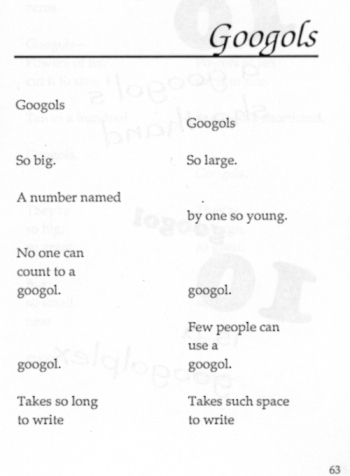
Some of the math concepts in the poems are fairly simple ideas that would pertain to a grammar school student, however most of the ideas are for middle schoolers or high schoolers. There were a few math concepts I had never heard of, such as fractals, (the geometry of nature), Fibonacci numbers (adding the last two numbers in a series to give the next number), and Mobius strips (circular strip with a twist in it).
While you don't learn everything you need to know about the math concepts in the poems, you get an introduction to the idea and the basic or interesting facts. For tessellations, the reader learns that not all figures tessellate; for triangles, the reader learns that the angles in the figure must equal 180 degrees. Some of the accompanying illustrations are also instructive. I could not have visualized the Mobius strip without the drawing of it.
This is a fun way to talk about these concepts. Trying to say the poems as a team takes a lot of concentration and brings a lot of laughs along the way. The book would make a great addition to a living math program or be a nice break from a formal textbook program.
Recommended for grades 4-12
Math-terpieces
Perusing through the Math titles in Picture Books at the library last week I found lots of books. Alas, most of them were, well, boring. Uninteresting. I brought a handful home to investigate and of those I found a few nice volumes including this one!
I love almost anything that is integrated with Art. (Well, almost anything.) My younger homeschool students are all artistically oriented and if I integrate a subject with Art I get smiles. I am doing just that with History this semester with happy results: I provide a workpage with a theme and examples to be created and colored artistically for each chapter of Seton's The Catholic Faith Comes to the Americas.
This is a simple Math book for young ones: from each famous painting the clever illustrator took one element and displayed it on the facing pages in different sizes, colors, and groups. By grouping the elements in different ways, young Math students have a peek into the world of addition, multiplication and beyond. On the side, they will enjoy a quick tour of the art world in chronological order and some cute rhymed lines as well!
Math-U-See
Math-U-See is a fairly new Math program, designed especially for homeschoolers, which runs from Kindergarten all the way through high school. The author is a former high school Math teacher who has attempted to balance a solid conceptual understanding of math with enough practice to let it "sink in." The program consists of a student text (workbook format), a teacher's manual, and optional practice sheets, special Math-U-See blocks and a teacher training DVD. I am very impressed with this program. The author does a fine job of allowing the students to become well aquainted with using numbers. I found math concepts very easy to explain to my daughter with the use of the very clever manipulatives (which might be thought of as a cross between "Base-ten Blocks" and Cuisinaire Rods). I was particularly impressed with how clearly place value is taught and how thoughtfully the child is prepared for future lessons (e.g. early on in addition, the child starts doing simple "solve for the unknown" problems in preparation for subtraction). Other skills learned include telling time, measurement and a heavy emphasis on skip counting (in preparation for future multiplication and factoring). My only complaint is that some of the material is contained only in the teacher's manual (I can imagine that this might have been done intentionally to force the parent to follow along in the teacher's manual rather than letting the child work entirely on their own. The author demonstrates how each concept works on the DVD so that the parent may more confidently teach the concept to the child.
Over the years we haven't always used Math-U-See as our primary Math text, but we have always found the DVDs and blocks useful no matter what we were using.
Mental Math: Fifth Grade
Problems at this level include a review of 4th grade math and practice in the topics usually introduced at the 5th grade level. In the 10 questions for each day, concepts of numbers, computation, application, mixed practice, decimals, fractions and percents are covered. Sample questions chosen at random include the following: What number when multiplied by six and divided by three becomes 12? Write seven and four tenths as a mixed number with a decimal. How much time has elapsed from 4:31 a.m. to 7:01 a.m.? 72 people were on the train. 1/8 of them got off at the first stop. How many people were left on the train? What is the volume of a box that is 2 cm by 2 cm by 2 cm?
Mental Math: First Grade
Problems at this level center around practice in the topics usually introduced at the 1st grade level. In the 5 questions for each day, concepts of numbers, computation, application, and mixed problems are covered. Sample questions chosen at random include the following: Write the number 203. What comes next: 50, 100, 150, ___ ? What month comes after March? A square has ___ sides. Jenny is six months old. Nicki is ten months old. Which one is almost one year old?
Mental Math: Fourth Grade
Problems at this level include a review of 3rd grade math and practice in the topics usually introduced at the 4th grade level. In the 10 questions for each day, concepts of numbers, computation, application, and mixed practice are covered. Sample questions chosen at random include the following: Increase the tens place by one in the number 23,460. What is the area of a square that is 4 feet on a side? What number when multiplied by two becomes 22? AZ, AY, AX, ____. What comes next? If I put five red marbles and one green marble in a bag, what are my chances of picking a red marble? Write it as a ratio.

